Increasing Vehicle Production
The Automotive Bearing Market is experiencing a surge in demand due to the increasing production of vehicles worldwide. As manufacturers ramp up their output to meet consumer demand, the need for high-quality bearings becomes paramount. In 2025, the automotive sector is projected to produce over 90 million vehicles, which directly correlates with the rising demand for automotive bearings. This increase in vehicle production not only drives the need for bearings but also encourages innovation in bearing technology, as manufacturers seek to enhance performance and durability. Consequently, the Automotive Bearing Market is likely to witness substantial growth as it adapts to the evolving needs of vehicle manufacturers.
Growth of Aftermarket Services
The Automotive Bearing Market is significantly influenced by the growth of aftermarket services. As vehicles age, the demand for replacement parts, including bearings, increases. The aftermarket segment is projected to account for a considerable share of the overall automotive bearing market, with estimates suggesting it could reach a value of several billion dollars by 2026. This trend is driven by the increasing number of vehicles on the road and the growing awareness among consumers regarding the importance of maintaining vehicle performance. As a result, the Automotive Bearing Market is poised for expansion, with aftermarket services playing a crucial role in sustaining demand for bearings.
Expansion of Electric Vehicle Market
The Automotive Bearing Market is poised for growth due to the expansion of the electric vehicle market. As more consumers opt for electric vehicles, the demand for specialized bearings designed for electric drivetrains is increasing. Electric vehicles often require different bearing configurations compared to traditional internal combustion engine vehicles, leading to a shift in manufacturing focus. The electric vehicle market is projected to grow at a compound annual growth rate of over 20% in the coming years, which will significantly impact the Automotive Bearing Market. This transition not only presents opportunities for existing manufacturers but also encourages new entrants to innovate and cater to the unique requirements of electric vehicles.
Rising Demand for High-Performance Bearings
The Automotive Bearing Market is witnessing a rising demand for high-performance bearings, particularly in performance-oriented vehicles. As consumers increasingly seek enhanced driving experiences, manufacturers are compelled to develop bearings that can withstand higher loads and offer improved efficiency. This trend is evident in the growing popularity of sports cars and luxury vehicles, which often require specialized bearings to optimize performance. The market for high-performance bearings is expected to grow at a robust rate, potentially exceeding 5% annually over the next few years. This shift towards high-performance components is likely to drive innovation within the Automotive Bearing Market, as companies invest in research and development to meet these evolving consumer preferences.
Technological Innovations in Bearing Design
The Automotive Bearing Market is significantly impacted by technological innovations in bearing design. Advances in materials science and engineering have led to the development of bearings that are lighter, stronger, and more efficient. For instance, the introduction of ceramic and hybrid bearings is revolutionizing the market, offering superior performance and longevity compared to traditional steel bearings. These innovations not only enhance vehicle performance but also contribute to fuel efficiency, aligning with the industry's push towards sustainability. As manufacturers continue to invest in cutting-edge technologies, the Automotive Bearing Market is likely to experience transformative growth, driven by the demand for advanced bearing solutions.


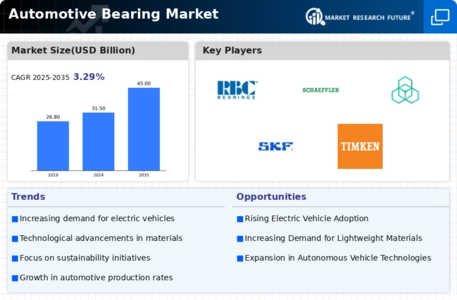
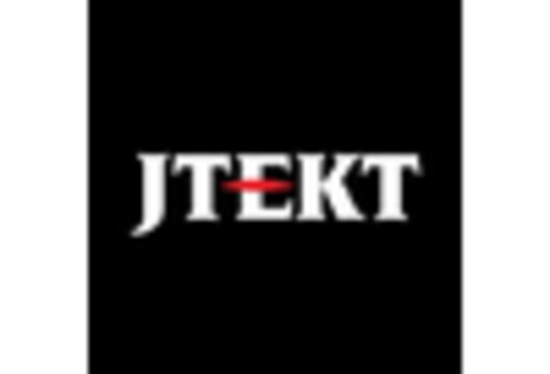
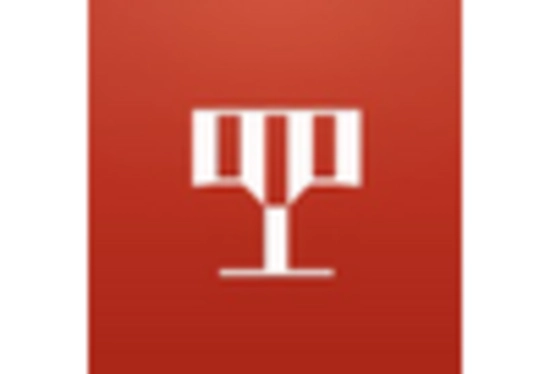
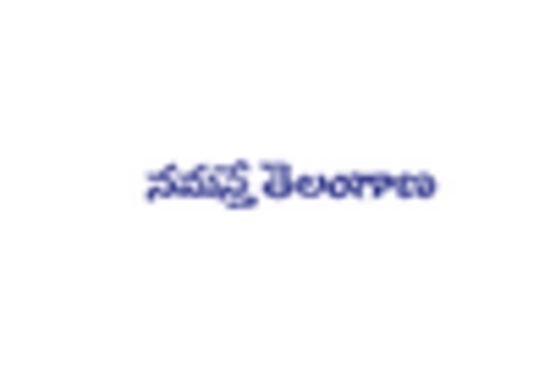
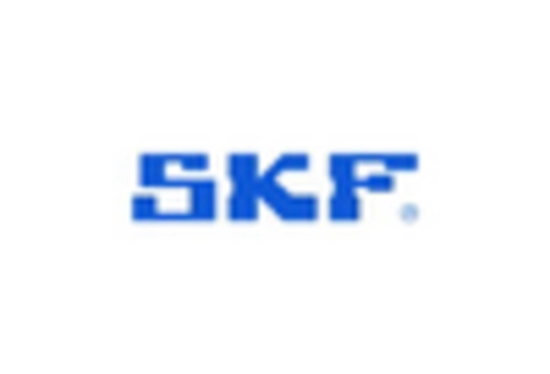
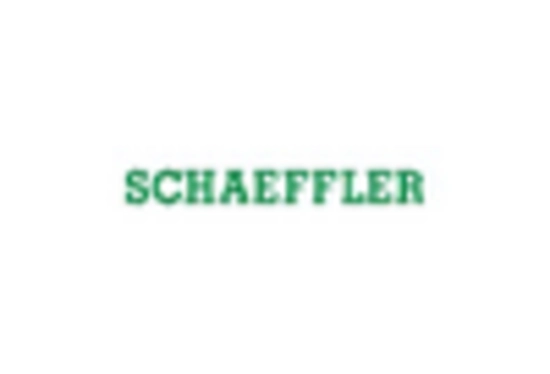
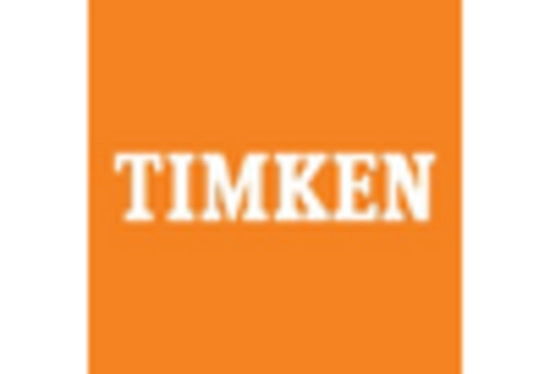








Leave a Comment